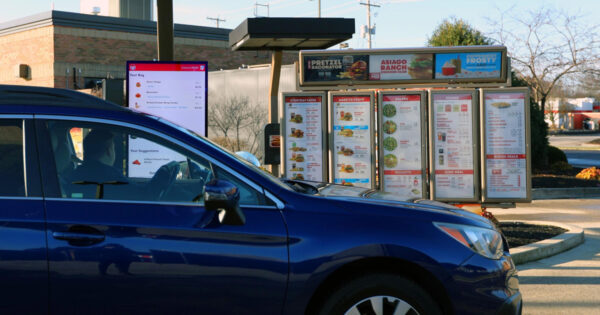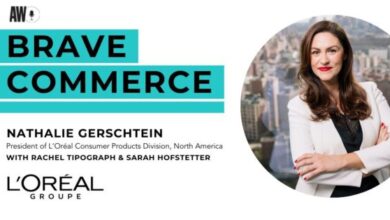
Kamlani noted that Juicer has done just that: Making minor changes to a few items at certain locations during specific hours. For one client with more than 1,000 locations, Juicer is operating a pilot program that encourages customers to save money by visiting locations slightly before or after rush-hour periods when they’re turning customers away.
“You have what we would call in the hotel industry ‘shoulder periods’ that are typically dead or very slow. And now you’re growing the volume in periods, he said. “In the rush hour period, you’re still at max capacity, but now you’re turning away less people and frustrating less people, but making a little bit more money because you’re able to optimize prices slightly during that peak period.”
Dynamic potential
Even cynical consumers can be swayed. Those surveyed by Capterra noted that they could be convinced to change their habits with a discount exceeding 10% of the peak-hours price.
That’s already happening to an extent at other restaurant chains. Noodles & Company incurred customer wrath by increasing prices 13% year-over-year in mid-2023; in response, it shook up its management, pursued its own digital menus, and used loyalty programs and data to pinpoint customers’ ideal menu items, locations, ordering times and deals.
“Grocers do this all the time: They try to do personalized offers where you walk into a store and you can scan a barcode, and they’ll give you offers that are technically personalized,” Caine said. “If you’re a member of the loyalty program, you get a different price on things, but the technology has gotten so good now that you can do it by day part and, in the case of a restaurant, you’ve got menu boards you can change instantly and most people won’t notice.”
Optimize’s Emmer said there’s potential to use dynamic pricing and digital menus for A/B testing, doing away with fixed menu items and promotions and judging each photo, price and time of day on its own merit. Kamlani pointed to the airline and hotel industry’s alerts and last-minute deals as examples of how restaurants could potentially use dynamic pricing as a positive influence.
While the restaurant industry has a lot more moving parts than either hotels or airlines—individual products available at any time of day, rather than rooms booked for the whole day or flights leaving at different times—Kamlani noted that it presents restaurants and their marketers with several options for deals and promotions. Is their location near a college campus with its own calendar of events? Is it near a movie theater with a fixed schedule? How do you predict the business those places will bring, and how do you account for the expenses involved in serving them without raising the price of everything at once?




